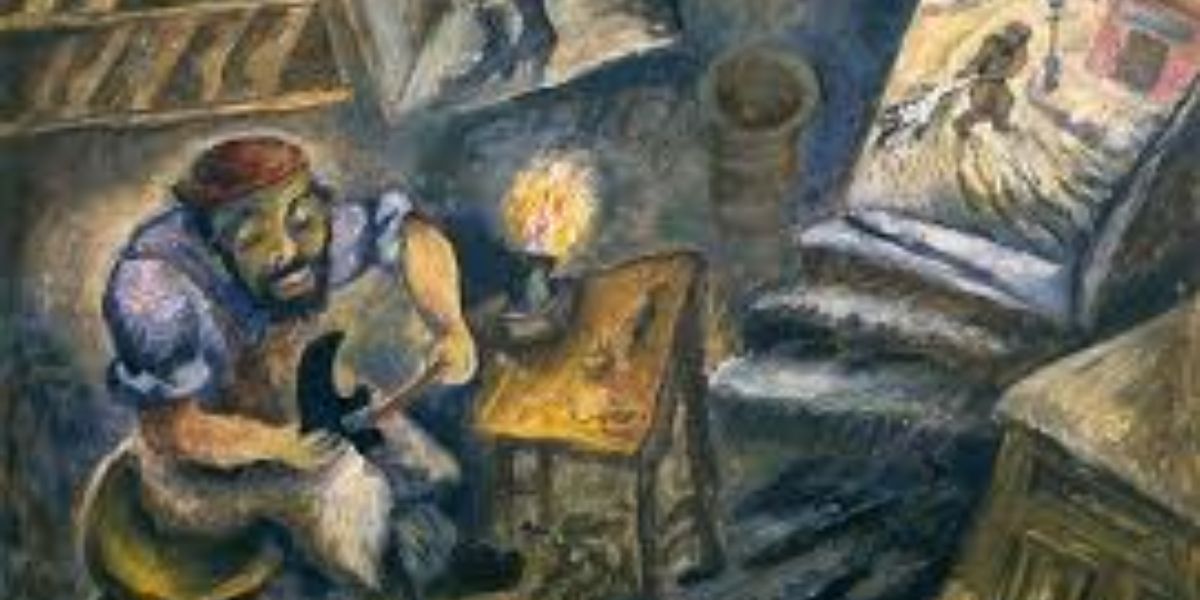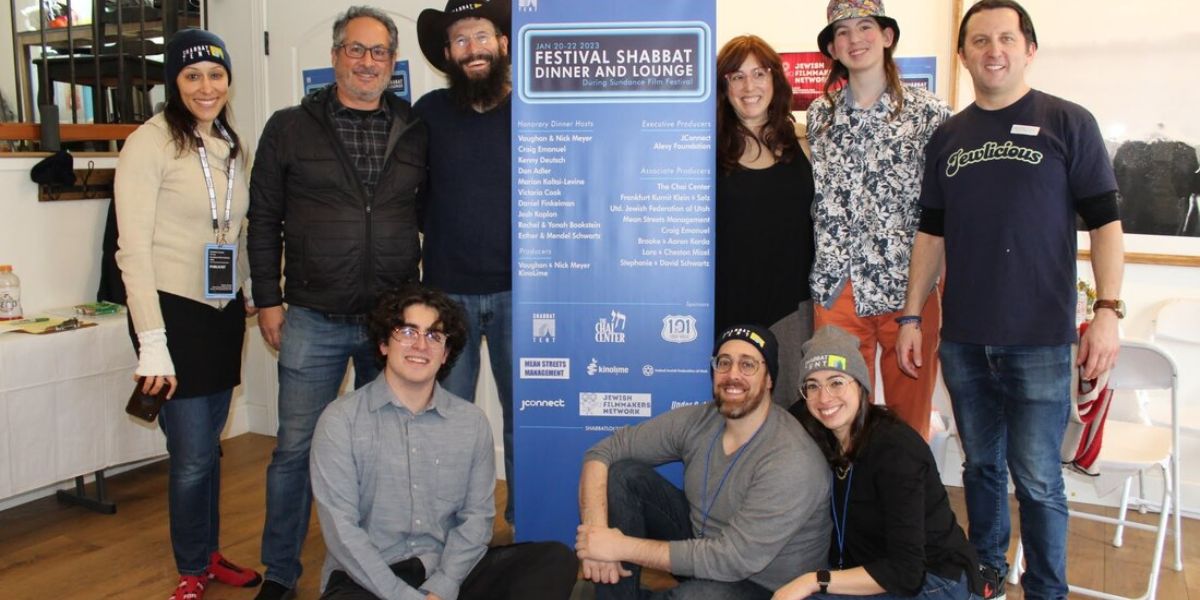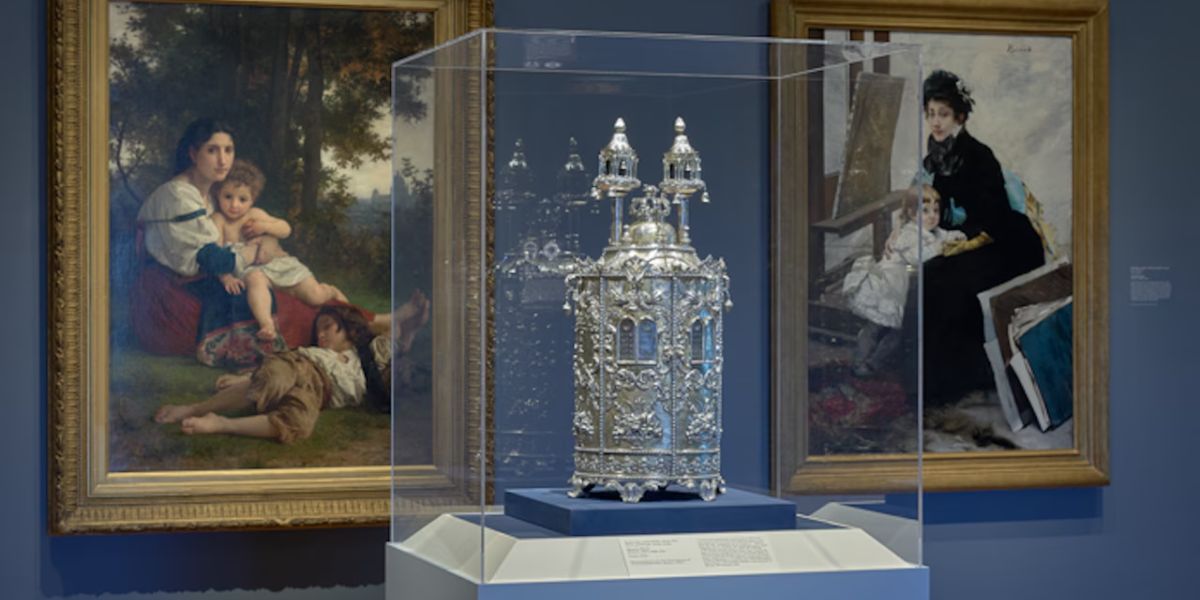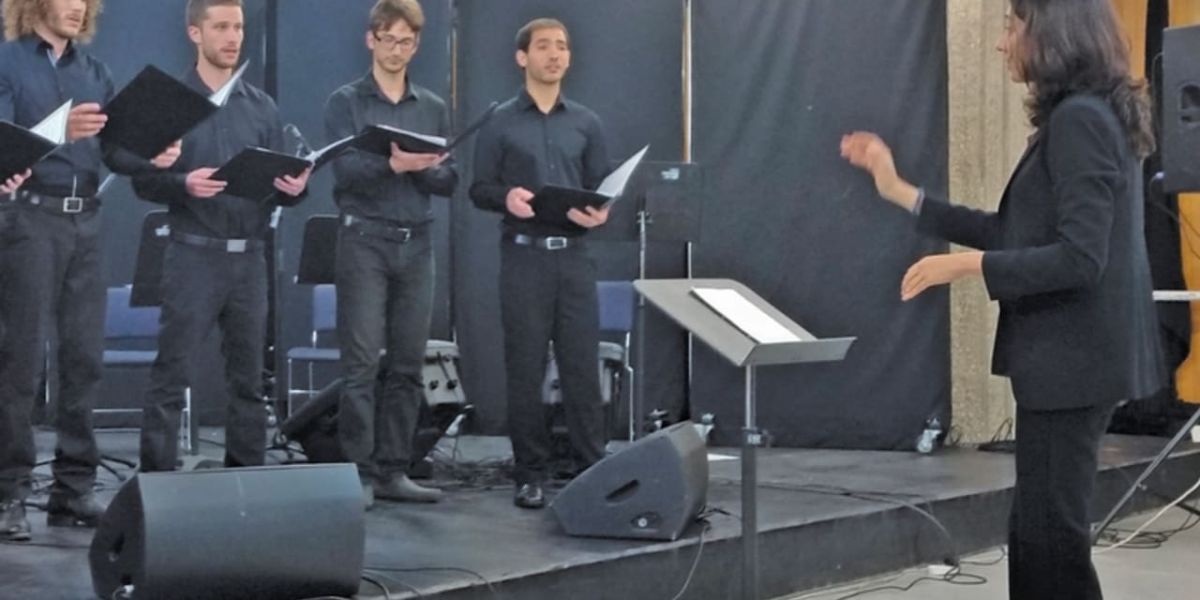In the past decade, digital storytelling has reshaped how art is created, experienced, and remembered. For Jewish visual artists across Asia, this shift isn’t just about new tools — it’s about reimagining identity, history, and community in the digital age. As exhibitions move online and social platforms become creative spaces, Jewish artists are discovering innovative ways to preserve their heritage and reach global audiences.
The evolution from canvas to screen has blurred the boundaries between traditional craftsmanship and modern technology. Through interactive exhibits, NFTs, and virtual galleries, artists are experimenting with how to tell stories that transcend time zones and geography, connecting the Jewish diaspora from Hong Kong to Tel Aviv.
Table of Contents
How Digital Storytelling Is Transforming Jewish Art
The heart of Jewish visual art has always been its narrative depth — a balance of faith, memory, and resilience. Digital tools now allow these narratives to be expressed in immersive ways. Augmented reality (AR) installations enable viewers to step inside historical moments, while digital animation brings centuries-old rituals to life in a format younger generations understand intuitively.
“Technology gives us the power to preserve our past while speaking the language of the future,” says artist and curator Tamar Ben-David, whose digital collage series explores post-war Jewish identity in East Asia.
These digital approaches help bridge the generational gap between older community members raised on physical artifacts and younger audiences accustomed to screens and streaming. In many ways, digital storytelling has become the new synagogue wall, a space for shared imagination and cultural continuity.
Asian Jewish Artists Leading the Change
Across Asia, Jewish artists are merging heritage with innovation. In Hong Kong, collectives like Art Connect Asia have hosted hybrid exhibitions that combine physical artwork with QR-coded stories narrated by the artists themselves. In Shanghai, a multimedia project titled Echoes of Kaifeng uses digital projection mapping to retell the story of China’s ancient Jewish community.
Singapore’s Gallery 1819 has also begun featuring Jewish and interfaith artists experimenting with video installations and interactive light sculptures that blend Hebrew typography with local visual motifs. These collaborations not only enhance cultural visibility but also encourage dialogues between Jewish and Asian traditions.
In an increasingly global art market, digital storytelling also provides accessibility. Artists no longer depend solely on galleries; they can showcase their work on Instagram, Behance, or virtual reality exhibits, reaching collectors and communities around the world.
Preserving Heritage Through Innovation
The Jewish art tradition has always been intertwined with remembrance. From biblical illustrations to Holocaust memorials, artists have long carried the responsibility of documentation. Digital media now expands this role. Interactive archives, blockchain-based art registries, and online oral histories allow stories to endure even in the face of loss or displacement.
Jewish organizations across Asia are adopting these digital formats to strengthen communal memory. The Hong Kong Jewish Historical Society, for instance, is digitising archives and pairing them with visual storytelling campaigns that celebrate lesser-known family legacies. Meanwhile, virtual museum initiatives in Japan and India are collaborating with artists to create educational storytelling experiences accessible to schools and synagogues.
The Future: Virtual Museums and Global Audiences
Looking forward, the next decade may see Jewish visual arts becoming increasingly decentralised and interactive. Virtual museums hosted on metaverse platforms could enable visitors from New York, Manila, and Jerusalem to experience the same exhibition simultaneously. Artists might use artificial intelligence to interpret ancient texts or employ digital touchscreens to let audiences co-create visual stories.
However, these advancements come with challenges. The question of authenticity — what makes art truly Jewish when it exists only in pixels — continues to spark debate. Still, for many creators, the medium matters less than the message. As long as the story preserves connection and meaning, the art remains an act of continuity.
Why It Matters
For Jewish communities in Asia, where numbers are small but the sense of identity is profound, digital storytelling offers both visibility and unity. It ensures that cultural expressions are not limited by borders or galleries but can live indefinitely online — open to dialogue, reinterpretation, and renewal.
The digital world doesn’t replace tradition; it extends it. Each pixel becomes a vessel for memory, each story an act of preservation. In this sense, the future of Jewish visual arts is not only digital but deeply human — a bridge between ancient roots and an evolving world.
Call to Action
How do you see technology shaping the way we remember and share Jewish stories? Share your thoughts and continue the conversation at jewishtimesasia.org.










